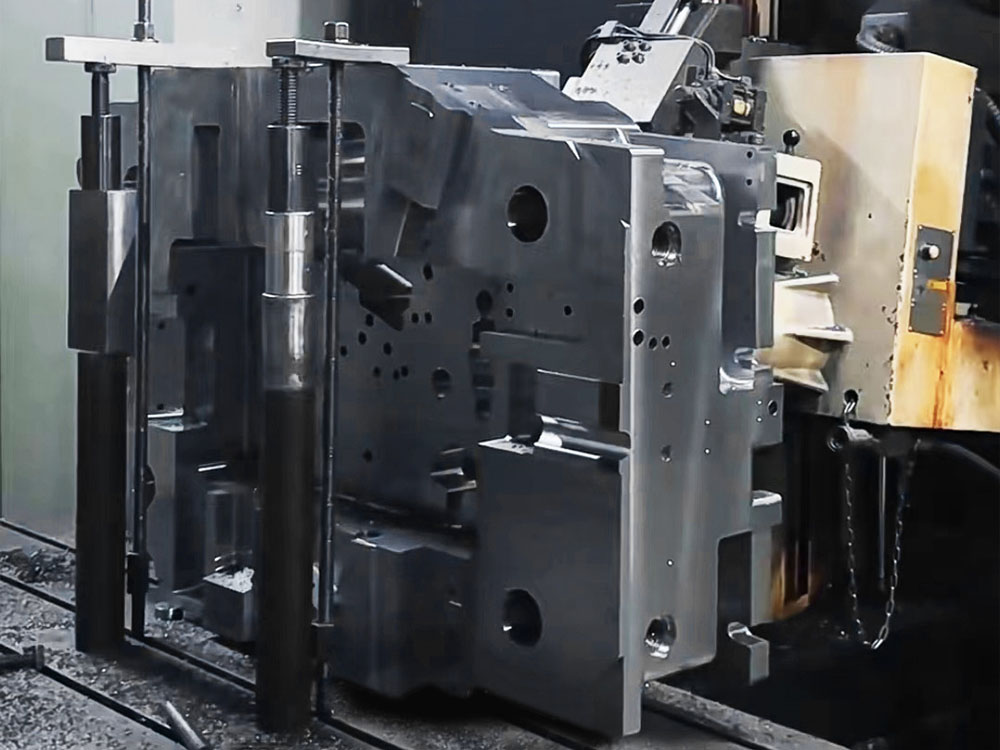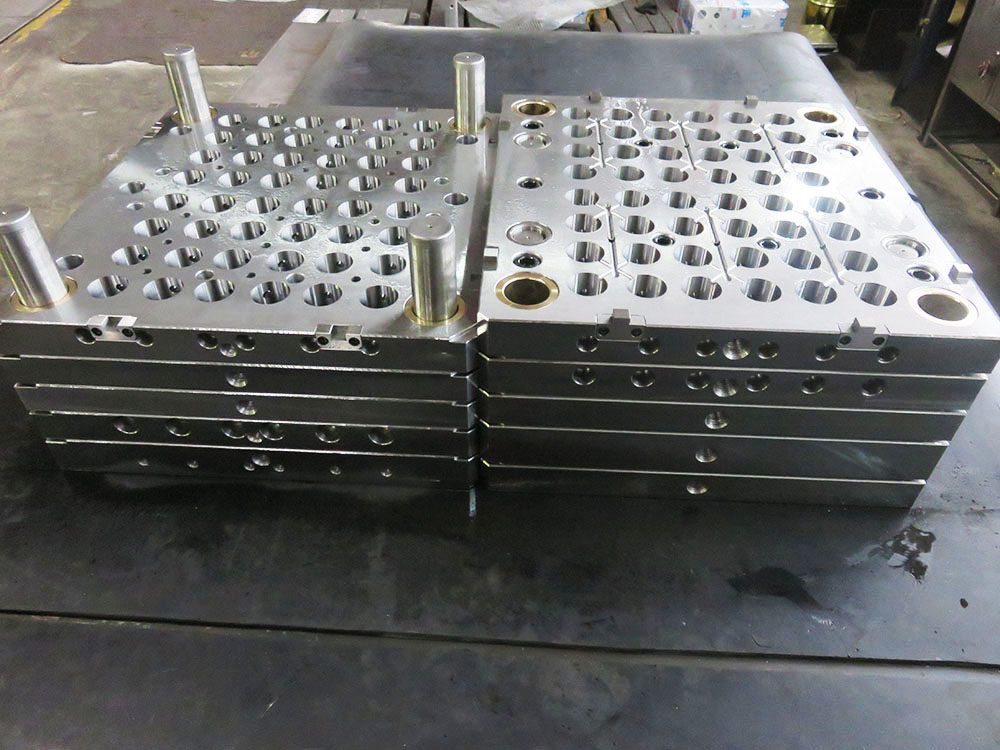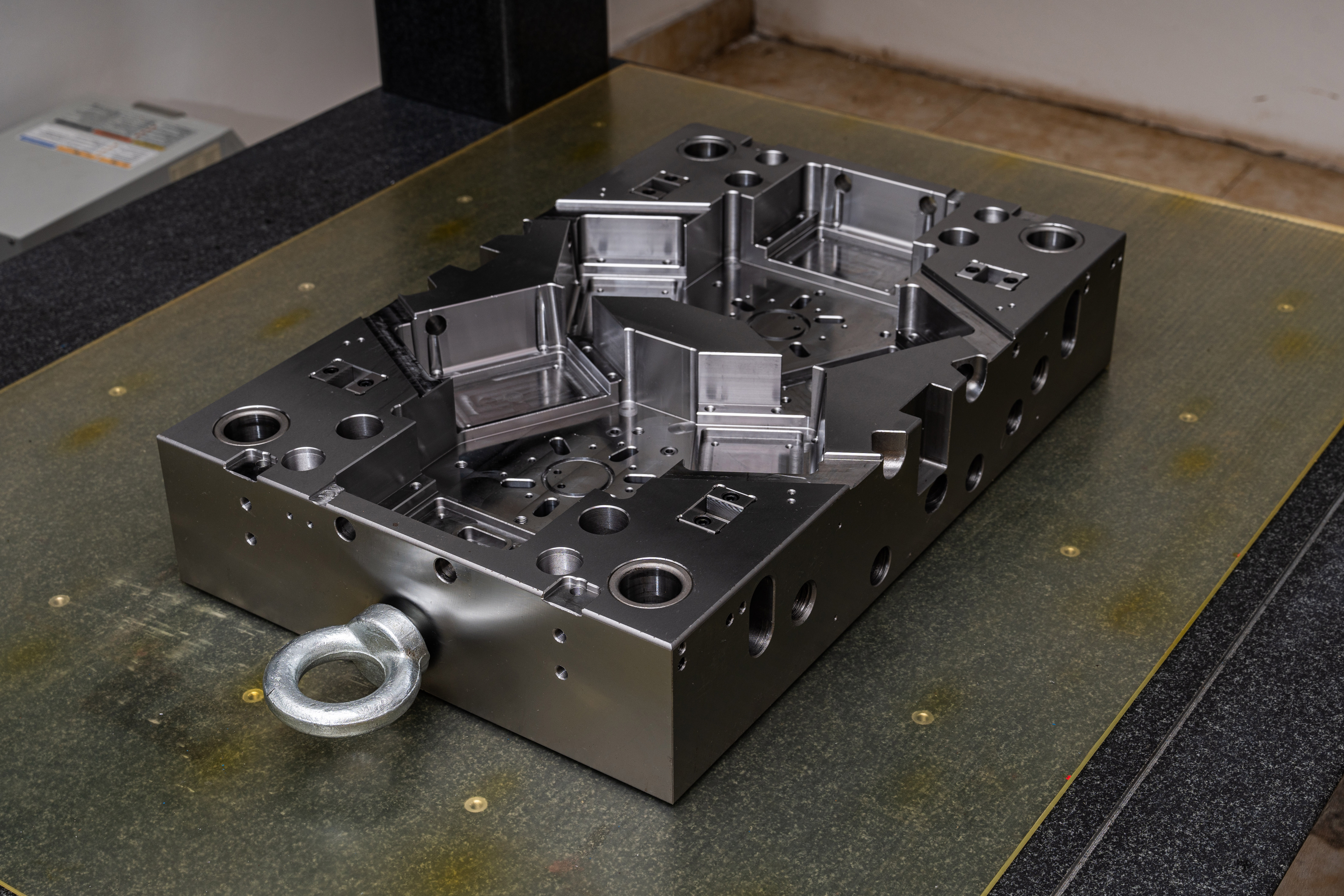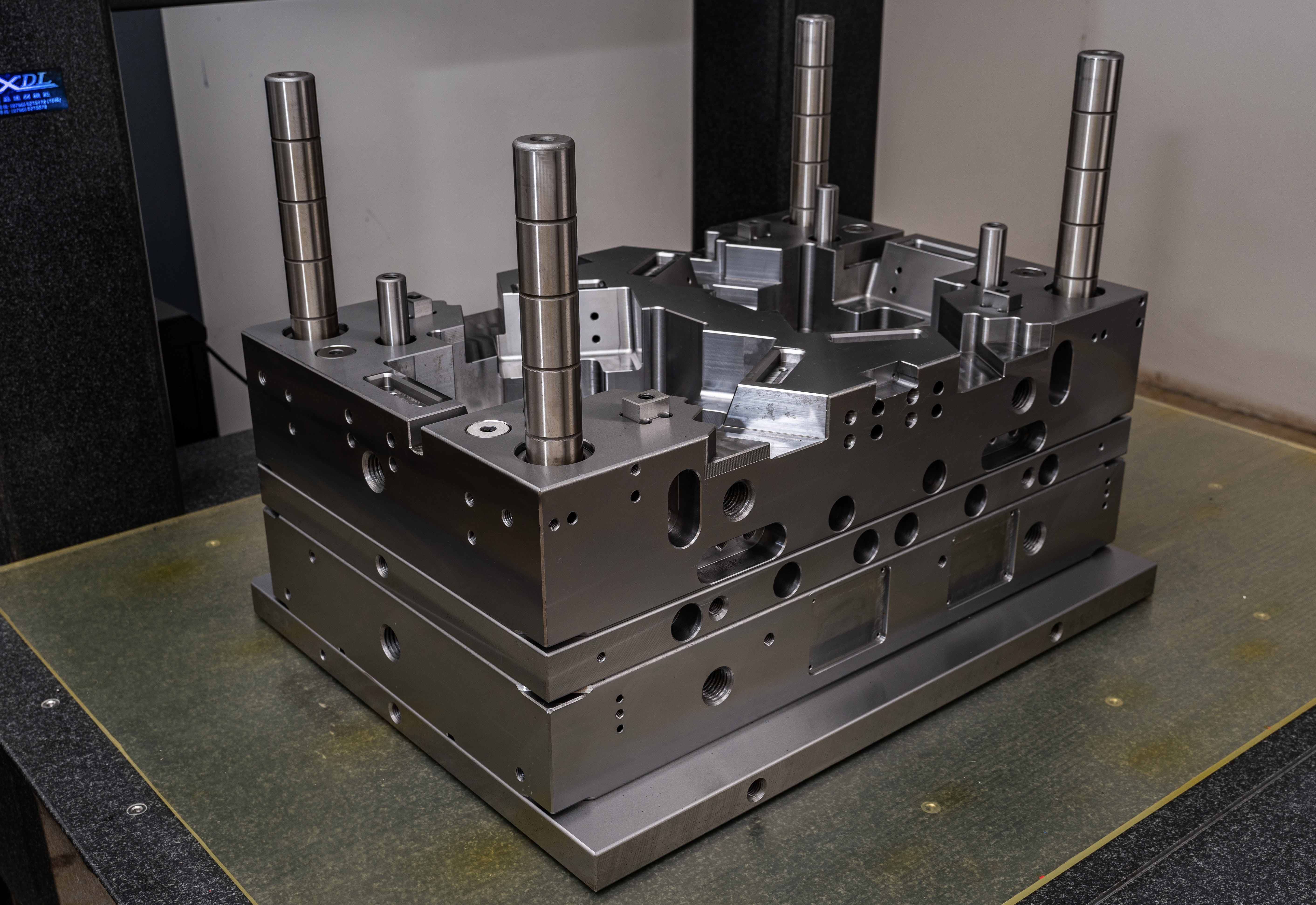How to Build a Model Frame in uG8.0
The mold base industry plays a crucial role in various manufacturing processes, providing a foundation for the creation of molds. One of the essential aspects of mold base manufacturing is building a model frame, which serves as the primary structure for mold assembly. In this article, we will explore the step-by-step process of constructing a model frame using the uG8.0 software, known for its precision and reliability in the industry.
Step 1: Creating the Design
The initial step in building a model frame is to create a design using uG8.0. Begin by launching the software and selecting the appropriate project template for mold frame construction. This template should include all the necessary tools and features required for mold base design.
Once the template is chosen, start by naming the project and setting the project properties, such as dimensions, units, and tolerances. These specifications will determine the overall dimensions and characteristics of the model frame.
Step 2: Sketching the Outline
After setting up the project, proceed to sketch the outline of the model frame. This sketch will define the overall shape and size of the frame. Use the line, rectangle, and circle tools to create the desired outline, ensuring that the dimensions are accurate and aligned with the project properties previously set.
Additionally, consider incorporating features like slots, holes, and pockets into the outline, depending on the specific requirements of the mold being built. These features will facilitate the installation and positioning of various components within the frame.
Step 3: Adding Components
The next step involves adding the necessary components to the model frame. Begin by inserting the cavity and core blocks, as they are essential parts of the mold assembly. Position these blocks within the frame, keeping in mind factors like alignment, clearance, and accessibility.
Additionally, consider incorporating other components such as support pillars, ejector pins, and cooling channels. These components enhance the functionality and efficiency of the mold base. Use the appropriate tools in uG8.0 to insert and align these components accurately.
Step 4: Detailing and Finishing
After adding the main components, focus on detailing the model frame. This step involves adding specific details like part numbers, dimensions, and tolerances to each component. Ensure that all the details are correctly represented and match the industry standards. This information will aid in the manufacturing and identification of individual components during the assembly process.
Once the detailing is complete, it's time to finish the model frame. Ensure that the design is free from any errors or overlaps by running simulation and validation tools available in uG8.0. These tools will help detect any potential issues, such as interference or improper fit, which can be corrected before proceeding further.
Step 5: Generating Documentation and Exporting
The final step in building a model frame in uG8.0 is generating the necessary documentation and exporting the design. Create drawings, bill of materials (BOM), and assembly instructions using the software's built-in tools. These documents will aid in the manufacturing, assembly, and maintenance of the mold base.
Once the documentation is complete, export the design in the desired file format, such as STEP or IGES, compatible with other manufacturing software or machines. This step ensures seamless integration of the model frame design into the broader mold manufacturing process.
Conclusion
Building a model frame in uG8.0 is an intricate yet essential process in the mold base industry. By following the step-by-step guidelines outlined above, professionals can leverage the precision and capabilities of uG8.0 to construct accurate and functional model frames. The software's comprehensive features, coupled with careful attention to detail and adherence to industry standards, ensure the creation of high-quality mold bases that contribute to efficient and effective manufacturing processes.




